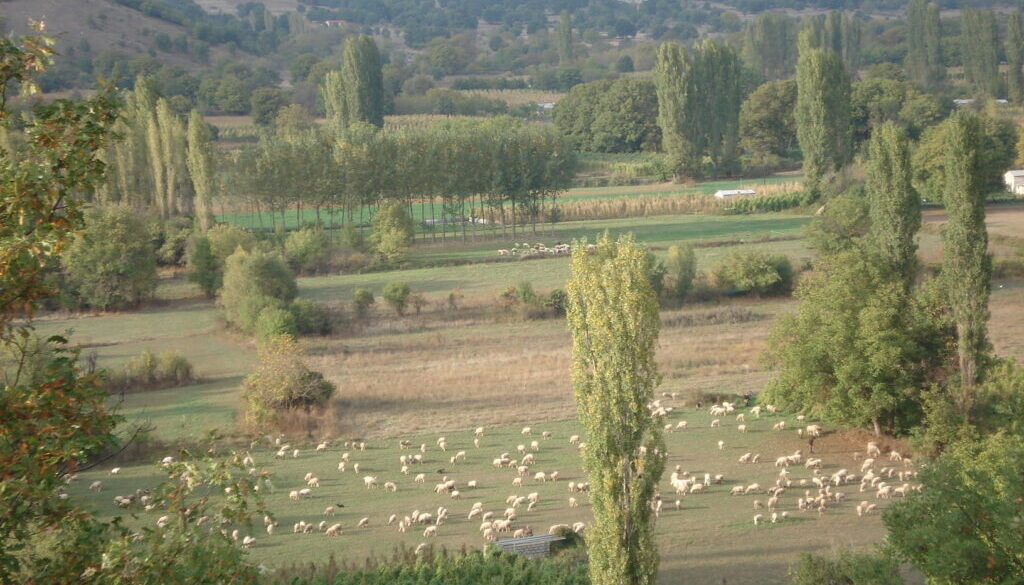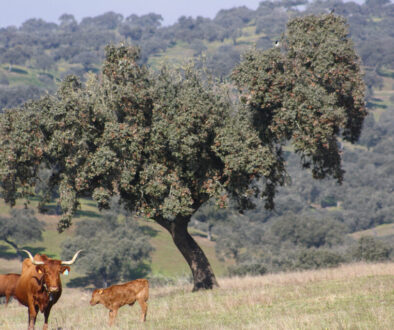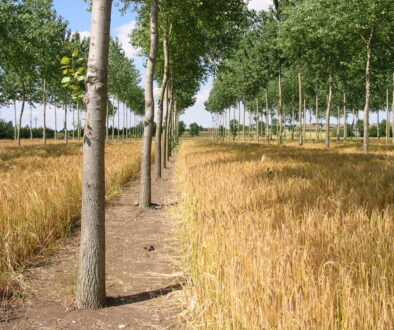Policy Briefing #69. Agroforestry and agri-environmental metrics in the EU
Policy Briefing #69 (v1) is a response to a discussion paper from DGAGRI on “Governance and Performance of the CAP”, circulated to a Civil Dialogue Group technical meeting on 12.4.24. We conclude that …
– Agricultural data needs to be collected in a common geospatial framework linked to forestry, climate, soils, environment, energy and economics and automated as much as possible .. with the help of initiatives like the Farm Sustainability Tool (FaST) and recent regulations like the IFS, SAIO, FSDN and CRCF!
– The CAP (2023-27) has not significantly moved from a “compliance model” to a performance model” since farmers still have to provide detailed annual information in IACS, Digital Farm Books and Area Monitoring Systems etc.
– Result and Output indicators in the CAP “Performance, Monitoring and Evaluation Framework” track targets, expenditures, areas and beneficiaries relating to around 950 interventions of Member States related to Articles 31, 70 and 74-75 of the CAP Regulation. But there is multiple allocation of these statistics to Result Indicators and to Specific Objectives .. leading to double-counting.
A suite of quantitative “Impact Indicators” is needed for EU Agriculture, driven by data collected at field, farm or municipality scale (NUTS4) and which can monitor the impact of specific CAP measures or interventions (including forestry).
– The Soil Monitoring and Forest Monitoring Regulation provide a range of standard indicators and methodologies, but should comply with definitions already used by Member States in annual GHG reporting and UNFCCC Accords.



